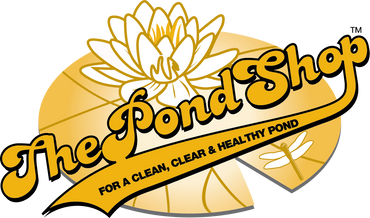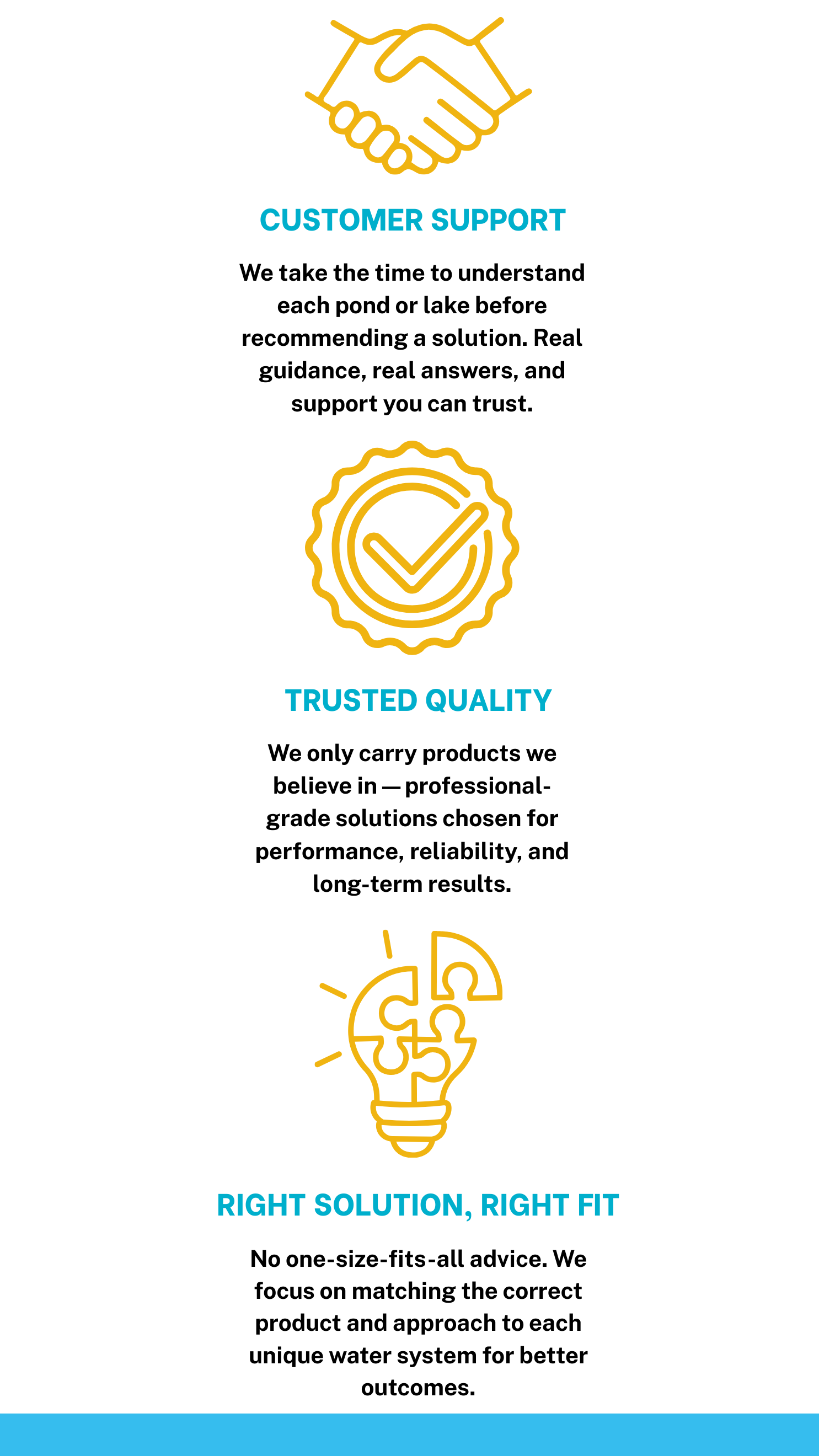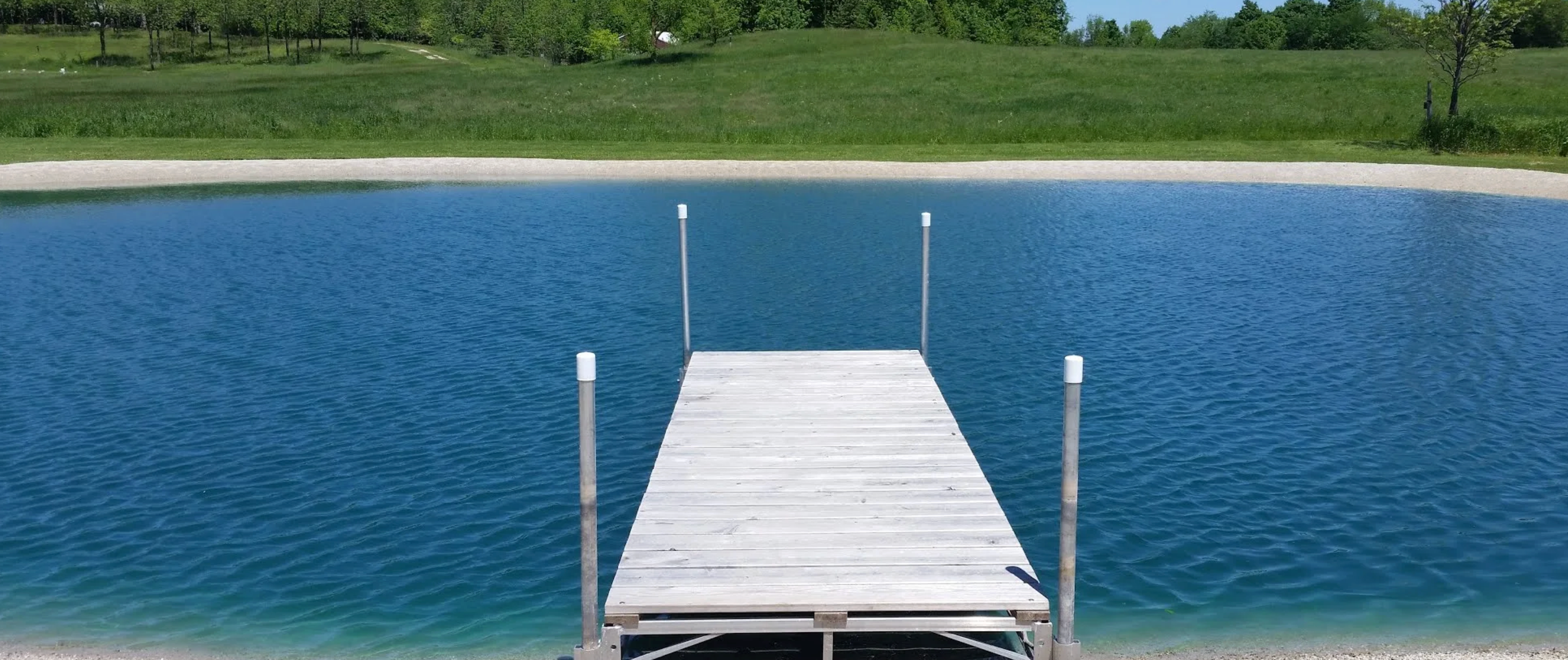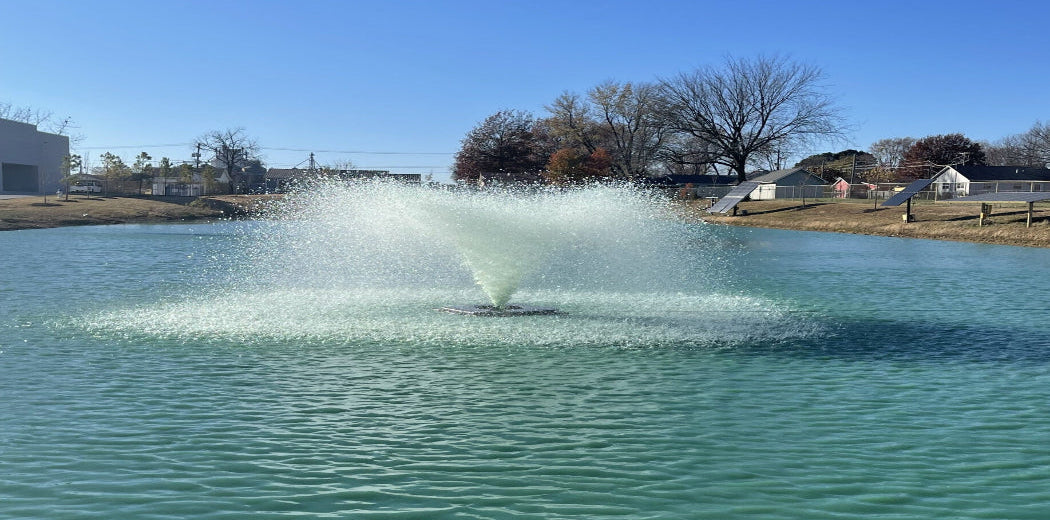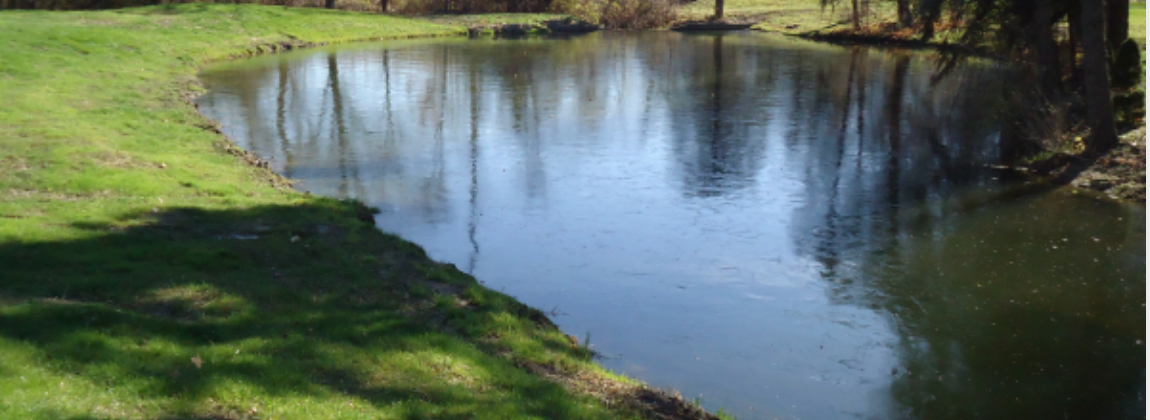Coontail

Coontail is a free-floating, rootless, perennial native aquatic plant that is capable of forming dense colonies covering large areas of water but cannot tolerate periods of total emergence. The green, forked, serrated leaves are relatively stiff and are arranged in whorls on the stem. These leaves have a strong resemblance to a raccoon’s tail, which is probably how coontail got its name. Coontail is found in ponds, lakes, and streams across the United States and much of the world at depths up to 20 feet. It grows best in high nutrient waters and can tolerate shade more than most aquatic plants. The plants stay green and continue to grow during the winter. Waterfowl eat coontail leaves and seeds. The leaves also provide a home for a variety of insects and cover for small fish. These insects are an important food source for many species of fish and waterfowl. Another benefit is that due to its ability to absorb nutrients from the water, coontail can improve water clarity. However, when coontail is excessive, undesirable effects can include a reduction of open water, scummy appearance, limiting fishing access, and interference with boating and swimming activities.
Prevention
Due to coonstail’s potential rapid growth containment and consistent management is recommended. Coonstail spreads when a portion of the plant breaks off and becomes a new plant. Water currents, waterfowl, and human activities can disperse plant fragments to new areas. When using water facilities such as ponds, lakes, rivers; make sure all clothing, boats, trailers, and any related equipment are free of plant material prior to leaving. Clean and flush watercraft to rid them of any plant contaminants. Nutrient availability in the sediment will feed its growth.
Biological Control
Beneficial Bacteria products and enzymes such as PZ900 feed on nutrients in the water making them unavailable for plant growth. Reducing nutrients can help prevent invasion.
Physical/Mechanical Control
Coontail can be removed from ponds and lakes by cutting and raking to prevent large infestation and to clear up swimming and fishing areas. However, escaped fragments can drift elsewhere and develop into new plants. It is important to remember that clearing up plant remnants will help avoid reestablishment and extra work later on. Physical removal in conjunction with chemical control will maximize success.
Dyes and colorants reduce aquatic plant growth by limiting sunlight penetration and reducing photosynthesis.
Aeration has also been used as a mechanical approach to hinder pondweed proliferation. The added oxygen will accelerate the decomposition process of nutrients that pondweeds need to live.
Chemical Control
When used carefully according to the label instruction, aquatic herbicides can be safe and effective management tools. The products that have been successful in treating coontail individually or in combination are Reward and Tribune, Aquathol K – liquid, Aquathol Super K – granular, Clipper SC, and Sonar AS and Sonar RTU. A nonionic surfactant Cygnet Plus should be mixed in solution with herbicides when plants are treated.
Reward is a fast-acting contact herbicide, highly effective in killing any part of the plant that comes into contact with.
Tribune is a contact, non-volatile herbicide for use in controlling submersed and floating aquatics weeds. Tribune has rapid absorption and herbicide action.
Clipper SC offers fast and selective control of hard to kill submerged pond weeds, Chara, and Filamentous algae. Clipper SC was nominated as leader in its class for unrivaled control of of aquatic weeds and algae. Clipper SC dissipates quickly from the water and does not accumulate in the sediment.
Aquathol K (liquid) is a concentrated, highly soluble contact herbicide, effective against a broad range of aquatic plants.
Aquathol Sure K (granular) this contact herbicide has been effective on pondweeds and can be mixed with copper compounds for additional efficiency.
Sonar A.S. is long-acting systemic herbicide ideal for water bodies with minimal flow. Simply mix Sonar A.S. with water and spray throughout the surface of the water or pour in different spots around the pond. Sonar A.S. does not have water use restrictions.
Sonar RTU is a long-acting, systemic, easy to use herbicide. Sonar RTU does not require mixing, simply open the bottle and treat from the shoreline.
Cygnet Plus is a nonionic wetting agent, sticker, activator, and penetrant all in one. Cygnet Plus increases the effectiveness of herbicides uptake into the plant tissue.
